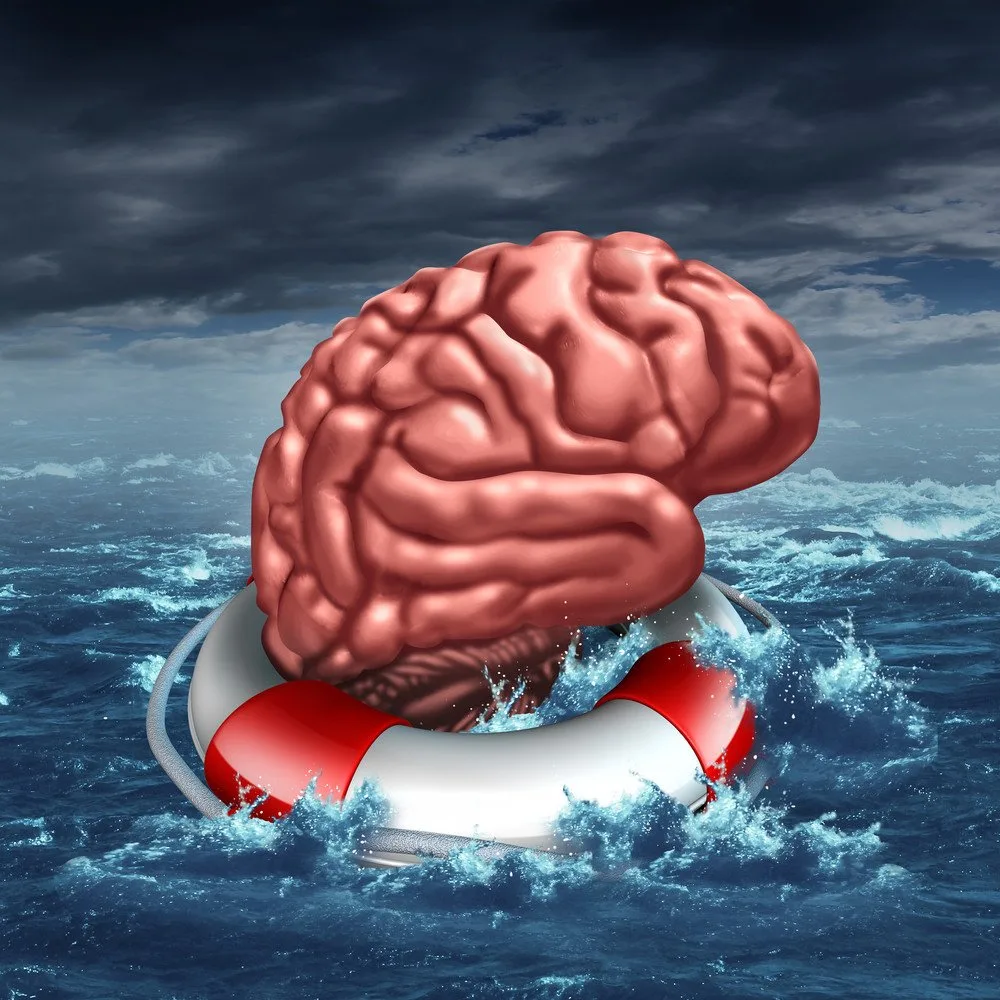Have you ever wondered how your medicine makes it into your bathroom shelf? Well, it’s not surprising that most of us take prescribed therapies for granted. Any medication you’ve ever taken has only made its way to you, after being rigorously tested in a series of clinical trials. If you’re curious to learn more about the essential phases of healthcare delivery, then you’ll enjoy reading this post. Longevity Content Collaboration.
What Are Clinical Trials, and Why Are They Used?
As research opens new doors to finding ways to diagnose, prevent, treat, or cure disease and disability, clinical trial participation is essential to help us find the answers.
Before any pharmaceutical product is made available to the public, it first has to undergo a clinical trial (1). This determines the safety and efficacy of pharmaceutical products before they are approved for general use.
Clinical trials risks and benefits
These studies involve human volunteers and follow stringent scientific protocols to determine whether a new intervention is safe and works as intended.
Clinical trials also give scientists the opportunity to get a clearer picture of the potential side effects of medications. The researchers will then also establish their potential benefits for patients compared to existing treatments.
The 5 Stages of Clinical Trials
In order to get approval to market their medications or therapies, companies must get clinical approval through this five stage process.
Step 1: Discovery and Preclinical Research
This initial stage involves identifying a potential drug target and developing a compound that can interact with it.
At this stage in the process, thousands of compounds may be potential candidates for development as a medical treatment.
After early testing, however, only a small number of compounds look promising and call for further study.
At this stage, scientists conduct extensive laboratory and animal testing to get an initial assessment of the drug’s safety and efficacy.
Step 2: Phase I Clinical Trials
Step 2 is the first stage of human testing. This typically involves a small group of healthy volunteers. It can last from several weeks to months or even years. The duration will depend on the drug in question and the nature of the trial.
During this phase of clinical trials, biotech CRO services carefully monitor the participants to assess the drug’s safety profile. They will also look out for potential side effects. This testing is essential to understand how a drug may affect a human (both positively and negatively). It will also determine the optimal dosage range. During this time a safe foundation is established that can then be taken forward in further development.
Step 3: Phase II Clinical Trials
Step 3 is the second phase of clinical trials. This phase expands testing to a larger group of patients with the target disease or condition.
The primary goal of this stage of testing, with patients who have the disease or illness addressed by the treatment, is to determine whether the drug is effective in treating the illness, and its level of efficacy.
During this time, researchers will also continue to monitor the new trial patients for side effects and collect data on optimal dosage and administration. This data can be used more accurately because it’s applicable to patients with the illness, rather than healthy participants.
This phase helps refine the drug’s profile. The findings will help inform decisions as scientists prepare to proceed to larger-scale studies.
Step 4: Phase III Clinical Trials
Step four is the third and final phase of clinical trials. These large-scale studies usually involve hundreds or thousands of patients. During this phase, detailed evidence on the drug is gathered. Then it’s expanded on from what scientists have already learned about its efficacy, safety, and optimal dosage.
This data enables researchers to better compare the new treatment to existing standard of care options. Researchers will also need to determine if the drug offers meaningful benefits to patients with the illness or disease that needs treatment.
This phase is also essential for collecting the data required by pharmaceutical companies to submit their drug application to the relevant regulatory authorities.
From this information they can assess the drug’s overall risk-benefit profile. They ensures a clearer decision on its suitability for widespread use.
Step 5: Regulatory Approval and Market Launch
Results from clinical trials are often published in peer-reviewed scientific journals. Peer review is a process by which experts review the report before it is published to ensure that the analysis and conclusions are sound.
If the results are particularly important, they may be featured in the news. They may also be discussed at scientific meetings and by patient advocacy groups before or after they are published in a scientific journal.
But if the drug does prove safe and effective in these trials, the pharmaceutical company will then submit an application to regulatory authorities for approval. If the drug is approved, it can be manufactured and distributed to the market. And that’s how it eventually ends up on our shelves.
There’s no guarantee that a drug will be submitted for regulatory approval after clinical trials. If the drug has been found to be too ineffective for further progress, or side effects that outweigh its benefits have been discovered, it may not be developed further beyond the three phases of clinical trials.
Once a new approach has been proven safe and effective in a clinical trial, a drug can go onto to become a new standard of medical practice. The drug will then be approved by the FDA or other relevant authority (by country) and made available to the public. Following this, researchers will track its safety in the general population.
End note
It’s good to know that before a new treatment to be approved, it has to be backed by extensive research and evidence of its safety and efficacy. Importantly, multiple phases of clinical trials are required.
There are many new, promising treatments for all manner of diseases and illnesses today. This is all thanks to rigorous clinical trials that pave the way for the introduction of new drugs that can transform lives.
References
-
NIH Clinical Trials: https://www.nih.gov/health-information/nih-clinical-research-trials-you/basics



![women [longevity live]](https://longevitylive.com/wp-content/uploads/2020/01/photo-of-women-walking-down-the-street-1116984-100x100.jpg)










